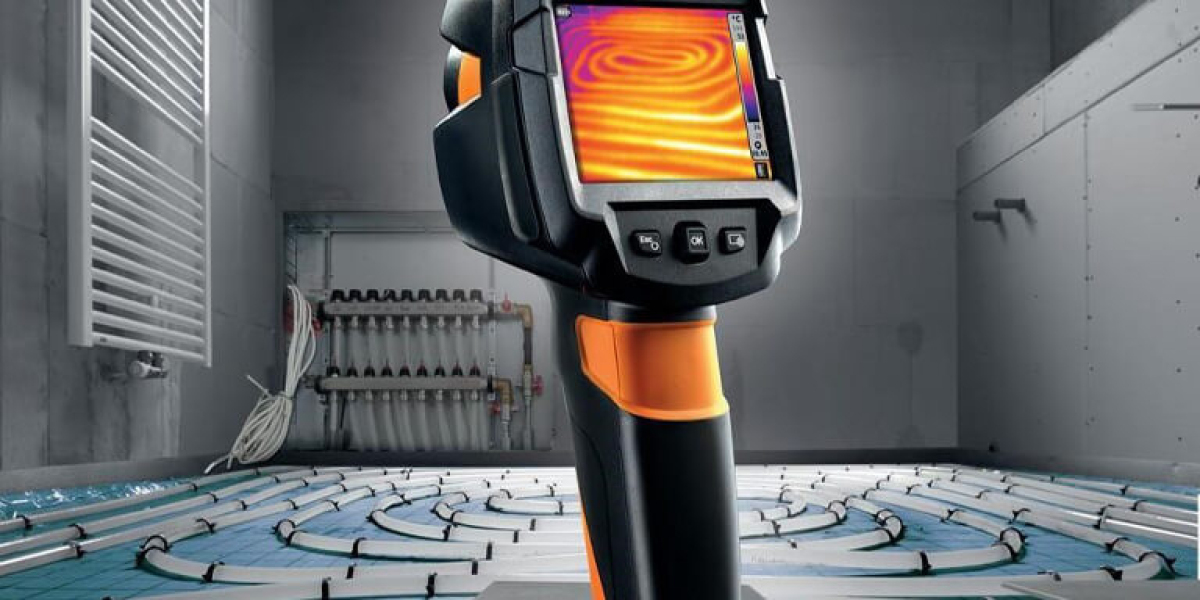In today's competitive manufacturing landscape, ensuring product quality is paramount. One of the most effective methods to achieve this is through visual inspection. This process involves examining products for defects, inconsistencies, and overall quality before they reach the consumer. But what exactly does visual inspection entail, and why is it so crucial in quality control?

What is Visual Inspection?
Visual inspection is a systematic examination of products using the human eye or optical devices. It serves as a frontline defense against defects, ensuring that only products meeting quality standards are delivered to customers. This method can be performed manually or with the aid of advanced technologies, such as automated camera systems.
Benefits of Visual Inspection in Quality Control
- Early Detection of Defects: By identifying issues early in the production process, manufacturers can reduce waste and avoid costly recalls.
- Cost-Effectiveness: Implementing visual inspection can save money by minimizing the need for extensive testing and rework.
- Enhanced Product Quality: Consistent visual inspections lead to higher quality products, which can improve customer satisfaction and brand reputation.
How Visual Inspection is Conducted
Typically, visual inspection is conducted at various stages of the manufacturing process. Inspectors may evaluate raw materials, in-process components, and finished products. The criteria for inspection can vary based on industry standards and specific product requirements. For instance, in the electronics industry, inspectors might look for soldering defects, while in the food industry, they may check for contamination.
Technological Advancements in Visual Inspection
With the rise of automation, the role of technology in visual inspection has expanded significantly. Automated systems, such as those found at  , utilize artificial intelligence to enhance accuracy and efficiency. These systems can analyze images at high speeds, detecting defects that may be missed by the human eye.
, utilize artificial intelligence to enhance accuracy and efficiency. These systems can analyze images at high speeds, detecting defects that may be missed by the human eye.
Challenges in Visual Inspection
Despite its advantages, visual inspection is not without challenges. Human inspectors can experience fatigue, leading to decreased accuracy over time. Additionally, variations in lighting and environmental conditions can affect inspection outcomes. To mitigate these issues, many companies are integrating automated solutions that complement human efforts, ensuring a more reliable quality control process.
Conclusion: The Future of Visual Inspection
As industries continue to evolve, the importance of visual inspection in quality control processes will only grow. By embracing both traditional methods and modern technologies, manufacturers can enhance product quality and maintain a competitive edge. Ultimately, investing in robust visual inspection systems is not just a choice; it is a necessity for businesses aiming for excellence.








